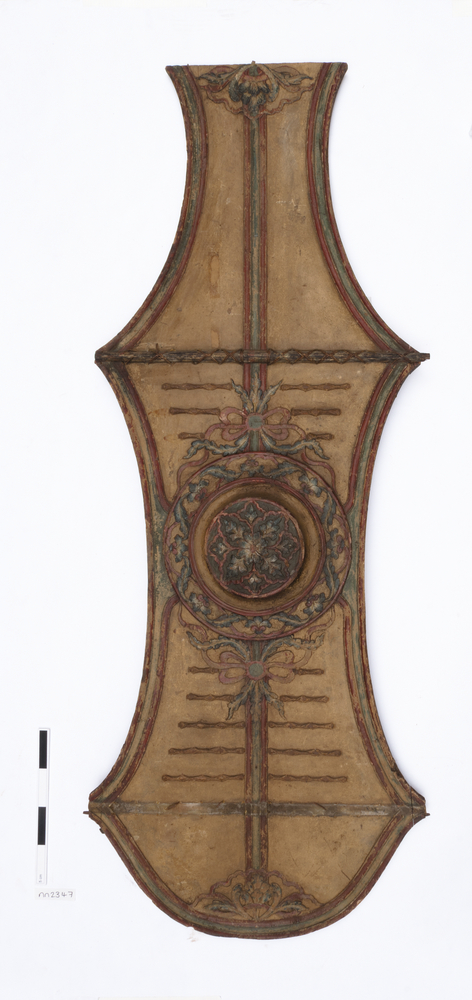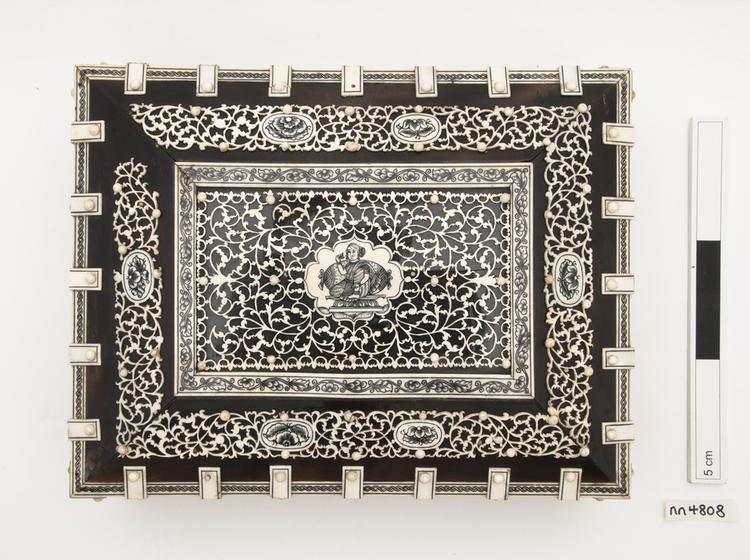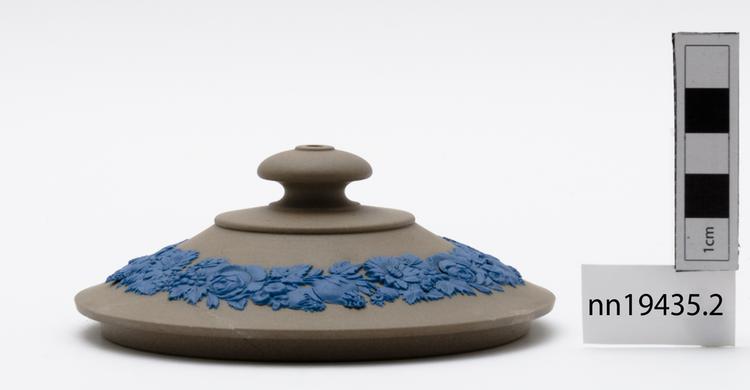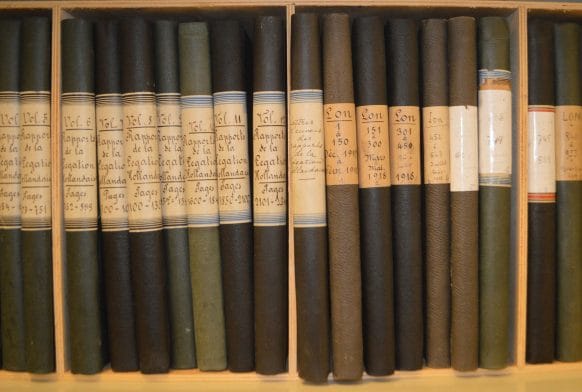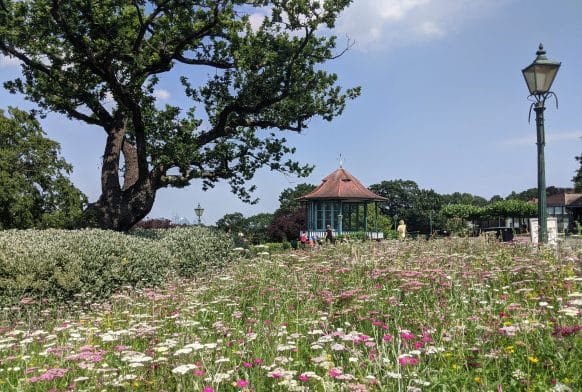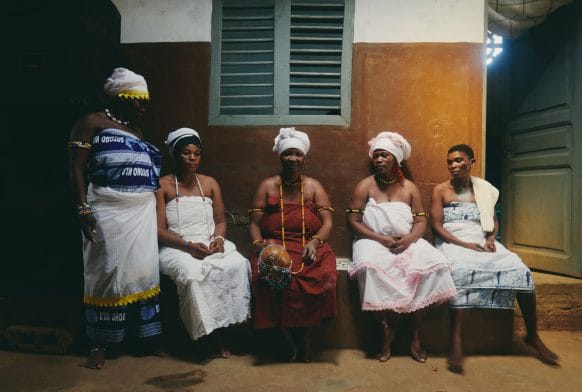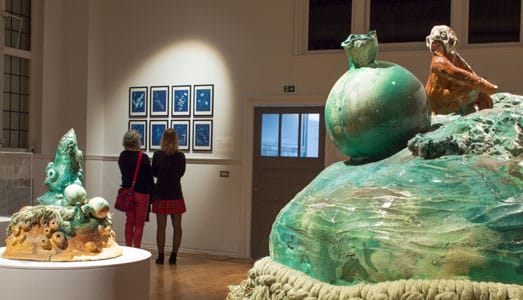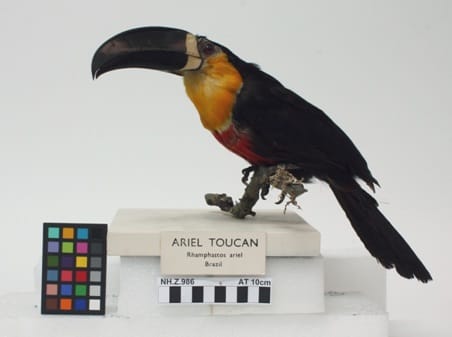Walking stick: Local name: Lookide. Purchased on the 1st June 2003. Made by Foster Simon of St. Cuthbert's mission Mahaica River, Region 4, Guyana. The stick is made of ebony wood, which is known in the local Arawak dialect as Bania wood. The walking stick has several motifs sculptured into. These motifs bear common Amerindian themes. The top-part represents a forest spirits known as kanaima. The middle part represents the traditional weaving or spinning of a fibre known as tibisiri - a common plant fibre used for making hammocks and other domestic items. The lower part of the stick represents the harpy eagle and feathers that it provides for making various Amerindian head-dresses. The carvings on the walking stick represent two key elements of Amerindian life: the physical environment (on which they depend for subsistence) and the domestic/cultural activities. To the Amerindians there is no clear dichotomy between the natural environment and the culture: things are intertwined - they metamorphose or transform into something else but the spirit energy is never 'destroyed' by processes such as death. The walking stick is nowadays made by carvers in regions such as Mahaica in order to earn a living but they continue to use mythical imagery and local styles that are based on their fast changing Amerindian heritage. The sticks can be used by anybody, as they do not have any specific ritual significance amongst the Arawak, - they are relatively 'new' phenomena in the society.
A long, dark wooden staff with a flattened spherical pommel at the top; there are then two plain bands and beneath them, a ?human face; then two plain bands followed by a section of twisted spiral carving going right round the stick; then one plain band and a section of chevrons carved pointing downwards; then two circles and two indentations just below - possibly another face? Below these, the stick is plain to the tip. Except for the spiral twist, the back of the staff is smooth.
Collection Information
These objects are only a part of our collections, of which there are more than 350,000 objects. This information comes from our collections database. Some of this is incomplete and there may be errors. This part of the website is also still under construction, so there may be some fields repeated or incorrectly formatted information.
The database retains language taken from historical documents to help research. Please note that some records may feature language and reflect systems of thinking that are outdated and offensive. The database also includes information on objects that are considered secret or sacred by some communities.
If you have any further information about objects in our collections, can suggest corrections to our information or if you see content requiring immediate action, please contact us: enquiry@horniman.ac.uk



